Kayak vs Canoe: Differences and Similarities Explained
Kayaking and canoeing are two of the most popular water sports activities that people enjoy. Both of them are great ways to explore the water and enjoy the beauty of nature. However, there are some key differences between the two that you should be aware of before choosing which one to try.
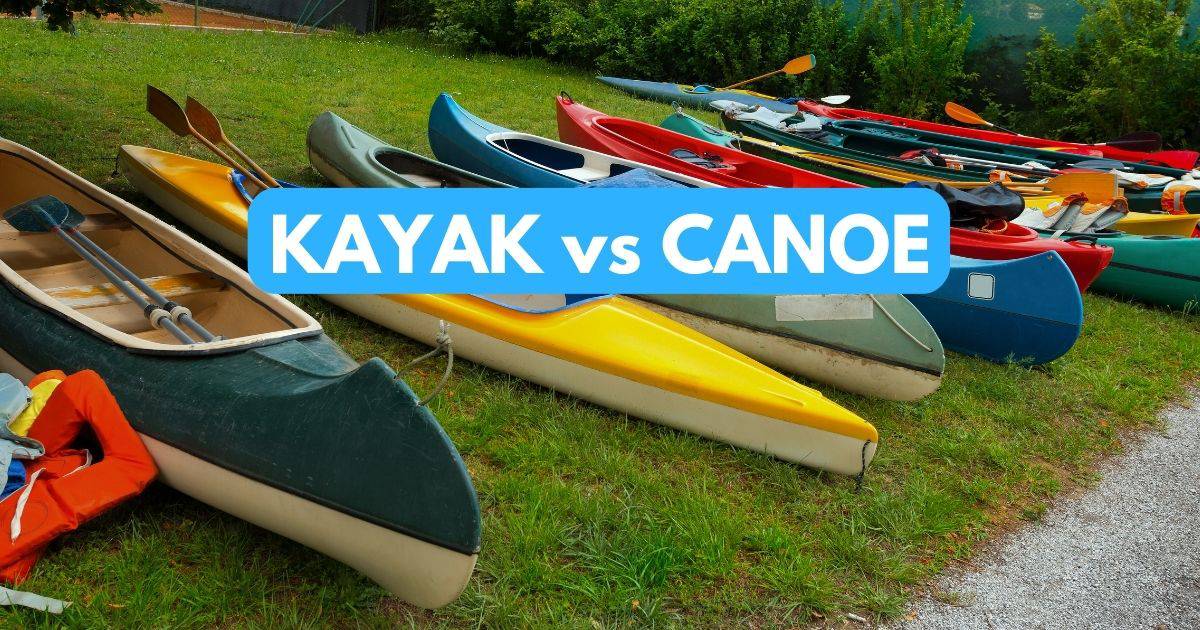
While researching canoes vs. kayaks, be sure to bookmark these articles for further reading: Tandem Vs. Two Single Kayaks (Which Is Better?), Are Short or Long Kayaks Better? (Stability, Safety, Speed), How Big Of A Canoe Do I Need?, and How Long Should A New/Used Canoe Last?
Understanding the differences between kayaks and canoes is essential to select the right option for your needs. Kayaks are generally more maneuverable and faster than canoes, making them ideal for fishing, touring, and racing activities. Canoes, on the other hand, are wider and more stable, making them better suited for activities such as camping, family outings, and leisurely paddling.
When it comes to choosing between a kayak and a canoe, there are several factors to consider, including design and structure, paddling techniques, performance and control, usage and purpose, transport and storage, and advantages and disadvantages. In this article, we will explore these factors in depth to help you decide which option is right for you.
Key Takeaways
- Understanding the differences between kayaks and canoes is essential to select the right option for your needs.
- Factors to consider when choosing between a kayak and a canoe include design and structure, paddling techniques, performance and control, usage and purpose, transport and storage, and advantages and disadvantages.
- By considering these factors, you can choose the right option for your needs and enjoy a safe and enjoyable water sports experience.
Understanding Canoes and Kayaks
When it comes to watercraft, canoes and kayaks are two of the most popular options. Both have their own unique features and benefits, making them suitable for different types of water activities. In this section, we’ll take a closer look at canoes and kayaks, their designs, types, and history.
Canoes
Canoes are typically larger than kayaks and have an open top. They are designed to carry more people and gear, making them a great option for family outings or extended camping trips. Canoes are also easier to get in and out of, making them a more accessible option for beginners.
There are different types of canoes, including recreational canoes, touring canoes, and whitewater canoes. Recreational canoes are great for calm waters and leisurely paddling, while touring canoes are designed for longer trips and can handle rougher waters. Whitewater canoes are built to withstand the challenges of fast-moving rapids.
Kayaks
Kayaks are narrower and more streamlined than canoes, making them faster and easier to maneuver. They are designed for solo paddling and can be used in a variety of water conditions, from calm lakes to fast-moving rivers. Kayaks are also a great option for fishing, as they are more stable than canoes and can provide a better vantage point for spotting fish.
There are different types of kayaks, including recreational kayaks, touring kayaks, and whitewater kayaks. Recreational kayaks are great for beginners and casual paddlers, while touring kayaks are designed for longer trips and can handle rougher waters. Whitewater kayaks are built to withstand the challenges of fast-moving rapids.
Canoe vs Kayak
While canoes and kayaks have some similarities, they also have some key differences. Canoes are larger and more stable, making them a better option for families or groups. Kayaks are faster and easier to maneuver, making them a better option for solo paddling and fishing.
When deciding between a canoe and a kayak, consider your preferences and the type of water activities you plan. A canoe might be the best choice if you’re looking for a family-friendly option for leisurely paddling and camping.
If you’re looking for a fast and maneuverable option for solo paddling or fishing, a kayak might be the way to go.
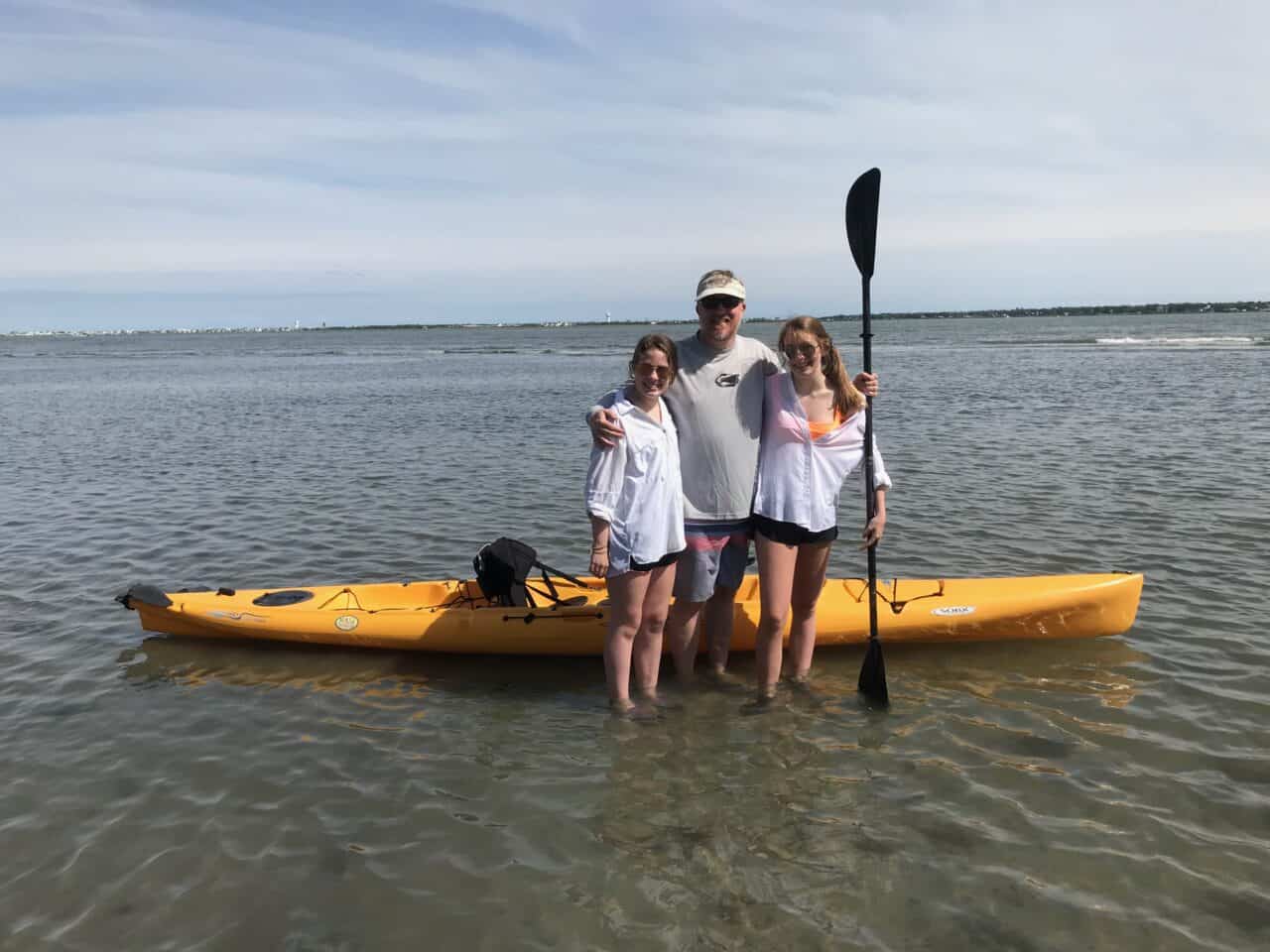
History of Canoes and Kayaks
Canoes and kayaks have a rich history that dates back thousands of years. Canoes were first used by indigenous peoples in North America and were made from materials like birch bark and animal hides. Indigenous peoples in the Arctic first used kayaks which were made from animal skins stretched over wooden frames.
Today, canoes and kayaks are made from a variety of materials, including plastic, fiberglass, and aluminum. While the materials have changed, the basic designs of canoes and kayaks have remained relatively unchanged over the years.
In conclusion, canoes and kayaks are both great options for water activities, each with their own unique features and benefits. When deciding between the two, consider your preferences and the type of water activities you plan.
Design and Structure
When it comes to the design and structure of kayaks and canoes, there are several differences to consider. This section will explore the design elements and structure differences between the two.
Design Elements
Kayaks and canoes have different design elements that make them unique. Kayaks are typically narrower and have a covered deck, which makes them more streamlined and easier to control in windy conditions. On the other hand, canoes are wider and have an open-top design, making them more stable and easier to get in and out of.
The seat and cockpit design also differ between kayaks and canoes. Kayaks usually have a molded seat and a smaller cockpit that fits the paddler snugly, while canoes have a larger, more open cockpit that allows for more movement and flexibility.
Some kayaks also feature a rudder or skeg, which helps with steering and stability, while canoes rely on the paddler’s skill and technique for maneuvering.
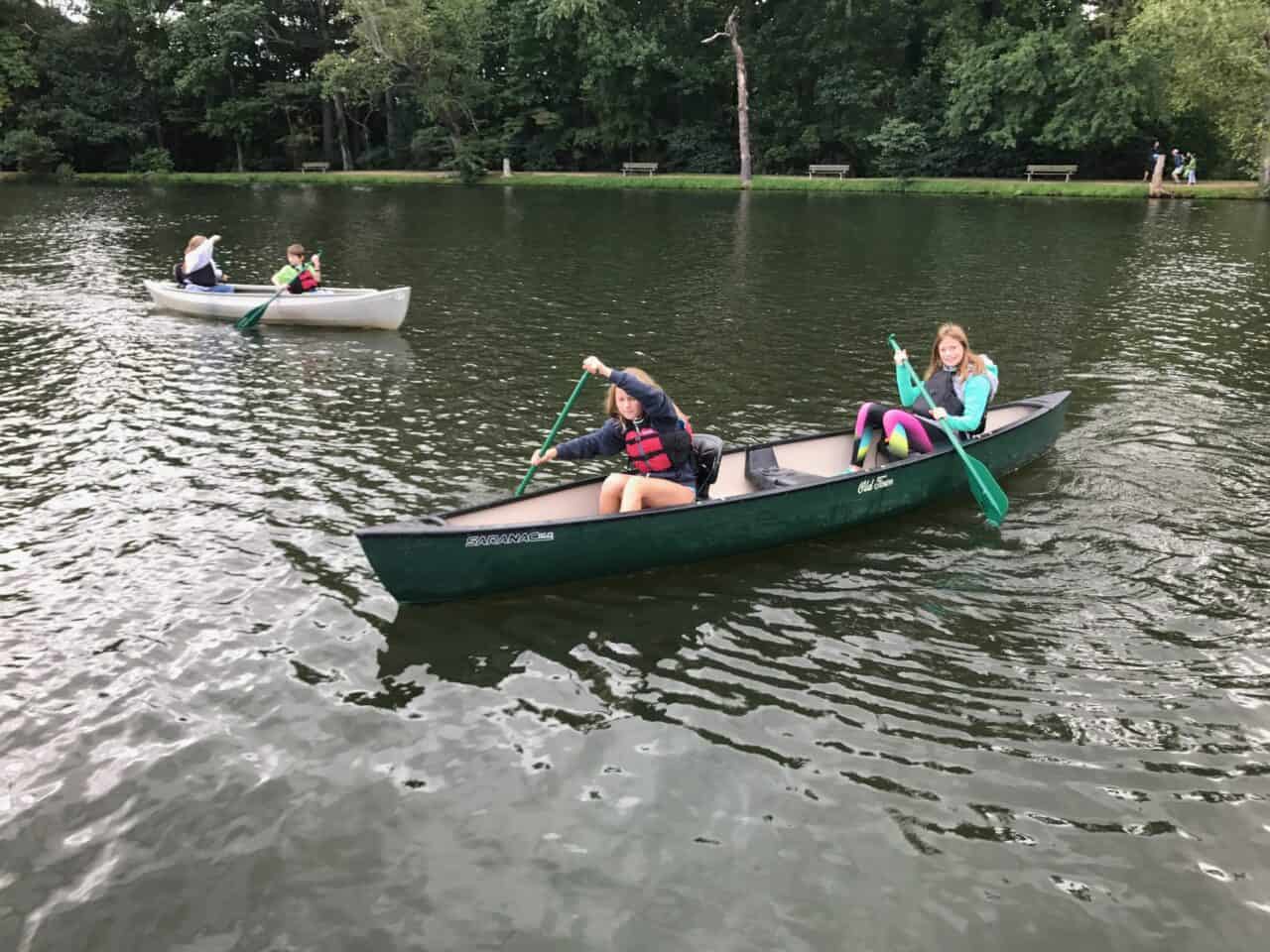
Structure Differences
The structure of kayaks and canoes also varies. Kayaks are typically made of lightweight materials like fiberglass or plastic, while canoes are often made of heavier materials like wood or aluminum.
Kayaks also have bulkheads and floatation devices built into the structure, which help keep the kayak afloat in case of capsizing. Canoes, on the other hand, rely on air-filled floatation bags that are placed inside the hull.
Another structural difference is the rocker or the curvature of the hull. Kayaks have a more pronounced rocker, which makes them easier to turn and maneuver in tight spaces. On the other hand, canoes have a flatter hull, making them more stable and easier to paddle in a straight line.
In summary, kayaks and canoes have different design elements and structures that make them unique. Understanding these differences can help you choose the right watercraft for your needs and preferences.
Paddling Techniques
When it comes to paddling, both kayaks and canoes require different techniques. In this section, we will discuss the paddling techniques for both canoes and kayaks.
Canoe Paddling
Canoe paddling involves the use of a single-bladed paddle. To paddle a canoe, you need to sit on the seat or kneel in the boat and hold the paddle with both hands. The grip on the paddle should be loose, with your fingers wrapped around the shaft. The blade of the paddle should be placed in the water at an angle, with the concave side facing you.
To move the canoe forward, you need to pull the paddle through the water towards your hip. You can also use a J-stroke technique to keep the canoe moving straight. This involves a slight twist of the paddle at the end of the stroke, which helps to correct the canoe’s direction.
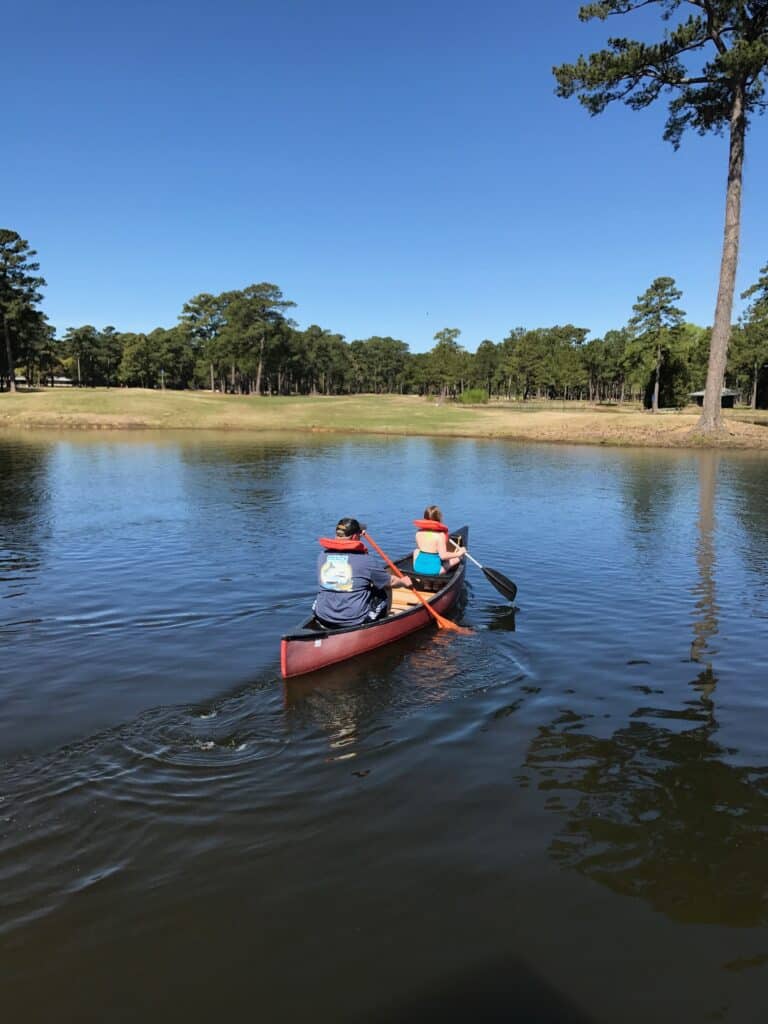
Kayak Paddling
Kayak paddling involves the use of a double-bladed paddle. To paddle a kayak, you need to sit in the cockpit and hold the paddle with both hands. The grip on the paddle should be loose, with your fingers wrapped around the shaft.
The blades of the paddle should be placed in the water at an angle, with one blade in front of the other.
To move the kayak forward, you need to alternate the strokes on each side of the kayak. The power for the stroke comes from rotating your torso, not just your arms.
You can also use a sweep stroke to turn the kayak. This involves a wide stroke that starts at the bow or stern and sweeps outwards.
In conclusion, the paddling techniques for canoes and kayaks are different due to the design of the boats and the paddle used. Canoe paddling involves the use of a single-bladed paddle, while kayak paddling involves the use of a double-bladed paddle.
By mastering these techniques, you can enjoy paddling your canoe or kayak with ease and efficiency.
Performance and Control
When it comes to performance and control, kayaks and canoes have their differences. In this section, we will explore the aspects of speed and efficiency, maneuverability, and stability.
Speed and Efficiency
Kayaks are generally faster and more efficient than canoes. This is because kayaks are designed with a more streamlined shape, allowing them to cut through waves and currents more easily.
Additionally, kayaks are propelled using a double-bladed paddle which provides more power and speed than a single-bladed paddle used in a canoe.
Canoes, on the other hand, are better suited for leisurely paddling and exploring calm waters. They are not as fast as kayaks and require more effort to maintain a steady speed.
However, canoes have a wider hull, providing more stability and allowing more gear and passengers to be carried.
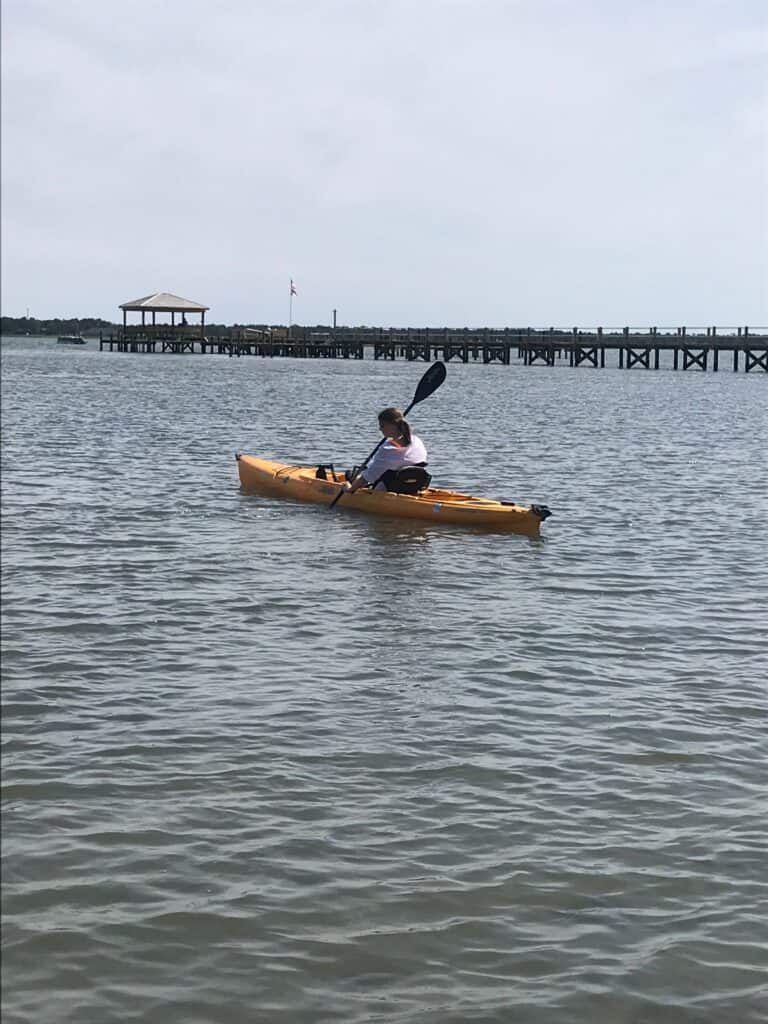
Maneuverability
Kayaks are more maneuverable than canoes due to their smaller size and shape. They are able to turn quickly and easily, making them ideal for navigating through tight spaces and around obstacles. Kayaks are also better suited for whitewater paddling, where quick turns and maneuverability are essential.
Canoes, while not as maneuverable as kayaks are still relatively easy to control. They require more effort to turn and navigate around obstacles, but they are better suited for calm waters where speed is not as important.
Stability
Canoes are generally more stable than kayaks due to their wider hull and flatter bottom. This provides a more stable platform for passengers and gear, making them ideal for fishing, camping, and other recreational activities. Canoes are also less likely to capsize in rough waters or high winds.
Kayaks, while not as stable as canoes, can still be quite stable depending on the design. Some kayaks are specifically designed for stability and are ideal for beginners or those who are new to kayaking. However, kayaks are more susceptible to capsizing in rough waters or high winds.
Overall, both kayaks and canoes have their strengths and weaknesses when it comes to performance and control. It ultimately comes down to personal preference and the paddling you plan on doing.
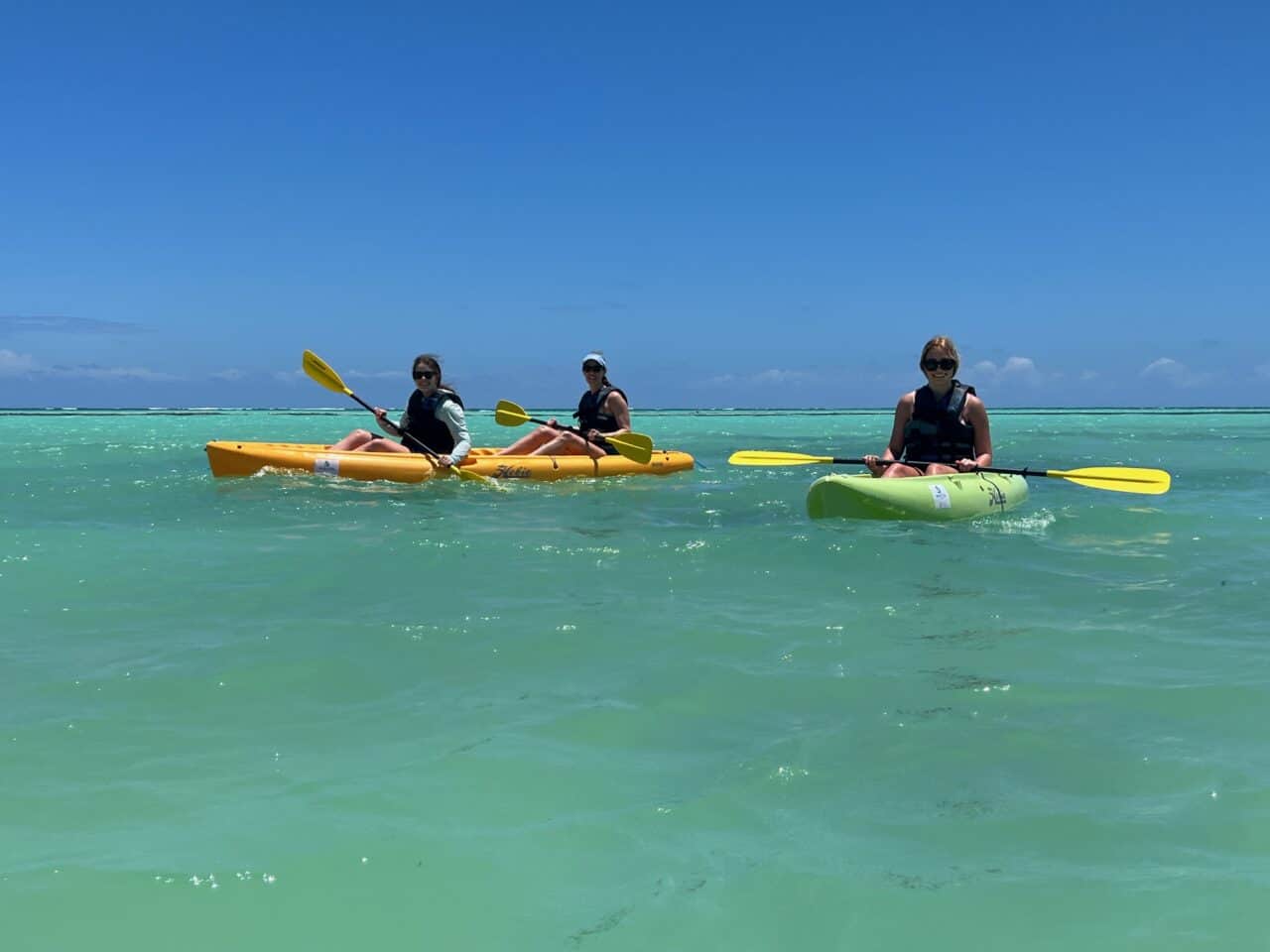
Usage and Purpose
When it comes to choosing between a canoe and a kayak, it’s important to consider what you plan to use it for. Each type of vessel has its own strengths and weaknesses, and understanding these can help you make an informed decision.
Recreational Use
If you’re looking for a relaxing day on the water, either a canoe or a kayak can be a great choice. Recreational kayaks are typically shorter and wider than their touring counterparts, making them more stable and easier to maneuver. Recreational canoes, on the other hand, tend to be larger and more spacious, making them a better choice for families or groups.
Fishing Use
Both canoes and kayaks can be used for fishing, but which one is right for you will depend on your needs.
Kayaks are generally more maneuverable and can be easier to paddle with one hand, making them a good choice for anglers who need to cast while keeping their other hand on the paddle.
Canoes, meanwhile, offer more space for gear and can be easier to stand up in, which can be helpful when casting.
Camping and Long Trips
If you’re planning a multi-day trip, a canoe or kayak can be a great way to explore the waterways while carrying all your gear with you.
Canoes are typically better suited for longer trips, as they offer more space for gear and can be easier to paddle for extended periods. Kayaks can also be used for camping trips, but may require more careful packing to ensure you have enough space for your gear.
Racing and Performance
If you’re looking for speed and performance, both canoes and kayaks can be great choices. Racing kayaks are typically longer and narrower than recreational models, allowing them to cut through the water more efficiently.
Racing canoes, meanwhile, are typically longer and narrower than recreational models, and are designed to be paddled by a team of two.
In summary, both canoes and kayaks have their own strengths and weaknesses, and the choice between the two will depend on your specific needs and intended use. Whether you’re looking to explore the waterways, fish, camp, or race, a canoe or kayak is right for you.
Transport and Storage
Transporting and storing your kayak or canoe is important when deciding which one to choose. Here are some things to keep in mind:
Transport Considerations
When it comes to transport, kayaks are generally easier to handle than canoes. They are smaller, lighter, and more aerodynamic, making them easier to load onto a roof rack or into the back of a truck. However, some larger kayaks may still require two people to lift and carry.
Canoes, on the other hand, are larger and heavier, making them more difficult to transport. They may require a trailer or a roof rack with additional support to prevent damage to the vehicle. Additionally, it may be more difficult to find a storage location for a canoe, as they take up more space than a kayak.
Storage Solutions
When it comes to storage, both kayaks and canoes have their pros and cons. Kayaks are generally easier to store due to their smaller size.
They can be stored in a garage or shed, or even hung from the ceiling to save floor space. However, most of a kayak’s storage is situated behind where a paddler sits, which can make it challenging to access whatever you may need.
Canoes, on the other hand, have more storage space than kayaks. They can hold more gear and equipment, making them a better choice for longer trips.
However, they may be more difficult to store due to their larger size. They may require a dedicated storage space or a rack system to keep them off the ground.
Regarding portage, kayaks and canoes can be carried over land between bodies of water. However, canoes may be more difficult to portage due to their size and weight. Kayaks are generally easier to carry, but it’s still important to use proper lifting techniques to avoid injury.
Overall, when it comes to transport and storage, kayaks have an advantage due to their smaller size and lighter weight. However, if you need more storage space or plan on longer trips, a canoe may be a better choice despite the added difficulty in transport and storage.
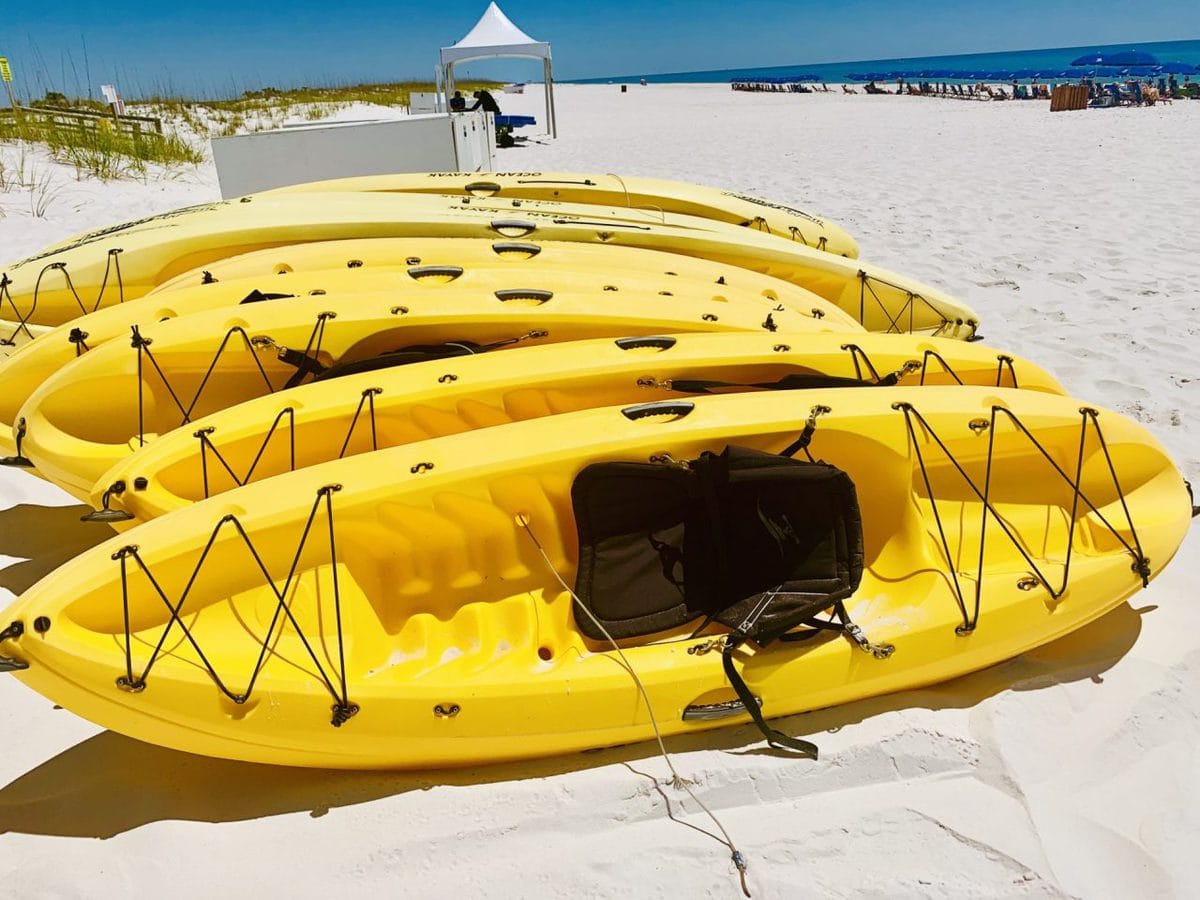
Advantages and Disadvantages
Pros and Cons of Canoes
Canoes are a classic vessel that has been used for centuries. They have a traditional design that is open and spacious. Here are some advantages and disadvantages of canoes:
Advantages of a Canoe
- Canoes are great for calm waters and can easily accommodate multiple people and gear.
- They are generally more stable than kayaks and provide a comfortable seating position for long trips.
- Canoes are excellent for fishing and camping due to their ample space for gear and equipment.
Disadvantages of a Canoe
- Canoes are not as maneuverable as kayaks and require more effort to paddle.
- They are not as suitable for rough waters or rapids due to their size and weight.
- Canoes can be harder to transport due to their size and shape.
Pros and Cons of Kayaks
Kayaks are a more modern vessel that has gained popularity in recent years. They have a sleek design and are more maneuverable than canoes. Here are some advantages and disadvantages of kayaks:
Advantages of a Kayak
- Kayaks are more agile and easier to maneuver than canoes, making them ideal for rough waters and rapids.
- They are faster and more efficient than canoes, making them great for long trips and races.
- Kayaks are easier to transport due to their compact size and weight.
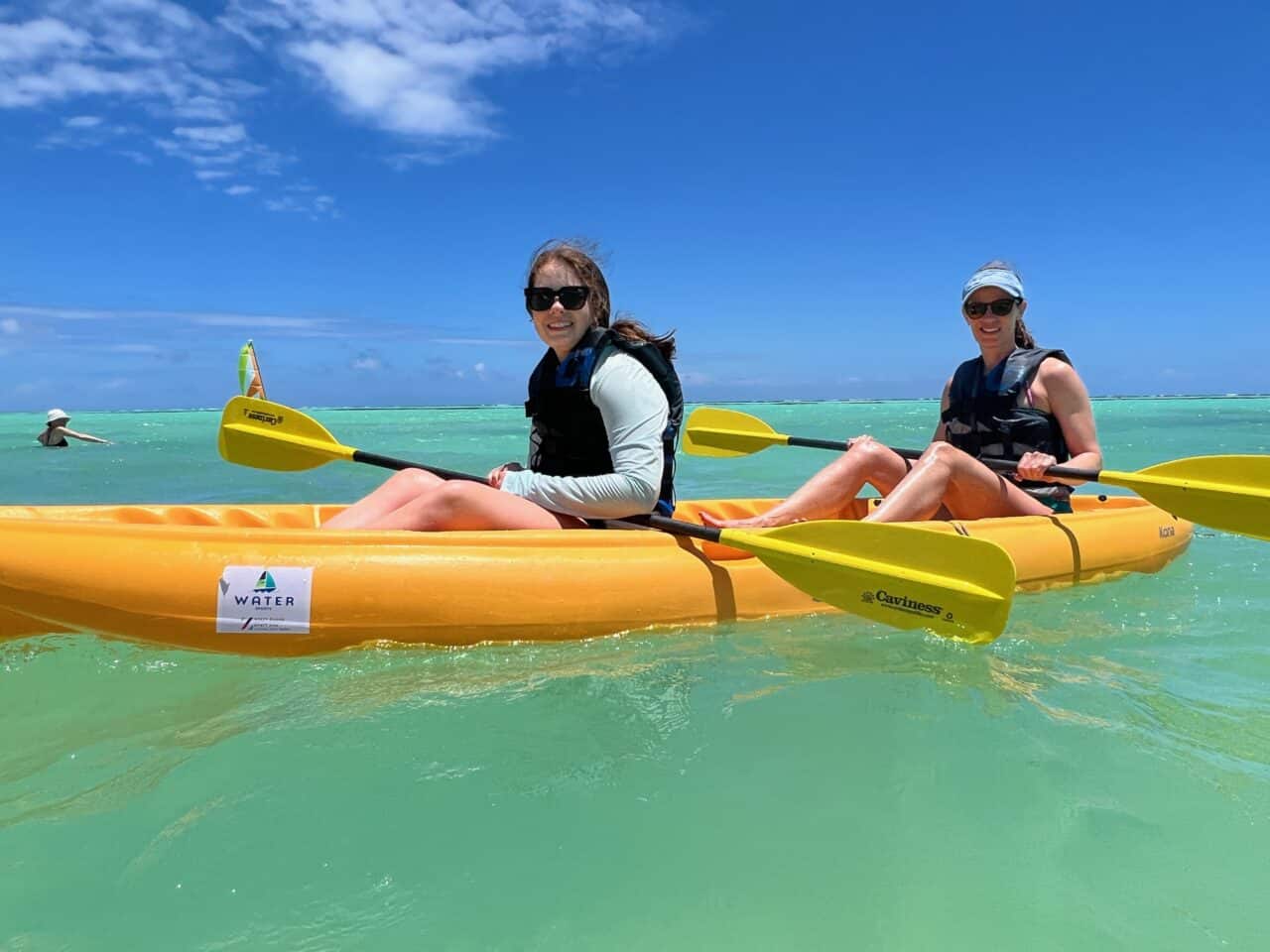
Disadvantages of a Kayak
- Kayaks are not as stable as canoes and can be more challenging for beginners to balance in.
- They have less space for gear and equipment, making them less suitable for camping and fishing.
- Kayaks can be uncomfortable for long trips due to their seating position and lack of space.
In conclusion, both canoes and kayaks have their advantages and disadvantages. It is essential to consider your needs and preferences before choosing which one to use.
A canoe may be the better option if you plan to go on long trips with multiple people and gear. A kayak may be the better option if you plan to tackle rough waters and want more maneuverability.
Choosing the Right Option
When it comes to choosing between a kayak and a canoe, there are a few things to consider. Here are some factors to keep in mind to help you make the right decision.
For Beginners
If you are new to paddling, you may find a kayak easier to handle than a canoe. Kayaks are generally more stable and easier to maneuver, making them a good choice for beginners. Canoes require more skill to paddle effectively, but they can be more versatile and offer more space for gear.
For Solo Paddling
A kayak may be a better choice if you plan to paddle alone. Kayaks are designed for solo paddling and are generally more maneuverable than canoes. They are also easier to transport and store, making them a good choice for solo paddlers who want to explore different waterways.
For Two People
A canoe may be a better choice if you plan to paddle with a partner. Canoes are designed for two people and offer more space for gear. They are also more stable than kayaks and can handle rougher water conditions.
When choosing between a kayak and a canoe, keep in mind your skill level, the paddling you plan to do, and whether you will be paddling alone or with a partner. Both options have advantages and disadvantages, so choosing the one that best fits your needs is important.
Special Types and Models
If you’re looking to take your kayaking or canoeing experience to the next level, you may want to consider a special type or model. Here are a few options to consider:
Whitewater Canoes and Kayaks
Whitewater canoes and kayaks are designed specifically for navigating rapids and other fast-moving water. They are typically shorter and wider than their flatwater counterparts, with a more pronounced rocker to help maneuver through the rapids.
Whitewater kayaks are often made of plastic or composite materials, while whitewater canoes may be made of plastic, composite, or traditional materials like wood and canvas.
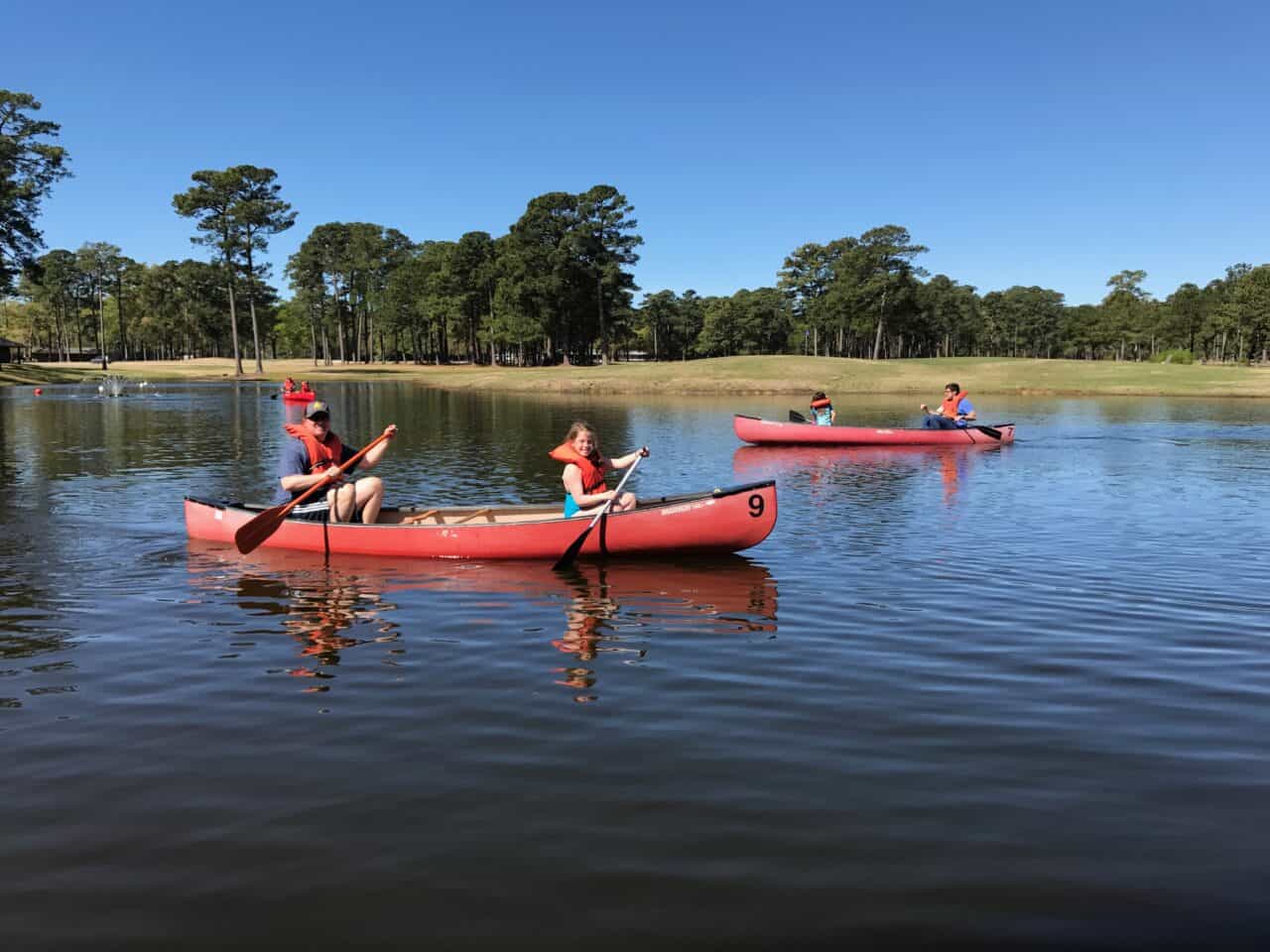
Surf and Expedition Kayaks
Surf kayaks are designed for surfing waves and riding swells, with a hull shape that allows for quick turns and maneuverability. They are often shorter and wider than other kayaks, with a flatter bottom and sharper edges.
On the other hand, Expedition kayaks are built for long trips and open water, with a longer and narrower shape for speed and efficiency. They may have additional features like storage compartments and rudders for navigation.
Inflatable Kayaks
Inflatable kayaks are a great option for those who want the convenience of a portable kayak that can be easily stored and transported. They are typically made of durable materials like PVC or nylon, and can be inflated with a pump or by mouth.
Inflatable kayaks come in a variety of styles, from recreational models for calm lakes and rivers to whitewater models for more adventurous paddling.
No matter what type of canoe or kayak you choose, choosing a model that fits your skill level and intended use is important. Take the time to research different models and talk to other paddlers to find the perfect fit for you.
Notable Locations for Canoeing and Kayaking
If you’re an avid kayaker or canoeist, plenty of locations across the United States offer some of the best paddling experiences. Here are some of the most notable locations for canoeing and kayaking:
Boundary Waters Canoe Area Wilderness, Minnesota
Minnesota’s Boundary Waters Canoe Area Wilderness is a popular destination for canoeists and kayakers. This area is known for its pristine lakes and rivers, and the many opportunities for backcountry camping.
With over 1,000 lakes and streams to explore, there is no shortage of places to paddle. The area is also home to a diverse range of wildlife, including moose, wolves, and bald eagles.
Apostle Islands, Wisconsin
The Apostle Islands in Wisconsin are a group of 22 islands located in Lake Superior. This area is known for its sea caves, sandy beaches, and clear blue waters.
The islands offer a range of paddling experiences, from calm bays to more challenging open water. The area is also home to a variety of wildlife, including black bears, wolves, and otters.
Lake Pepin, Minnesota
Lake Pepin is a natural widening of the Mississippi River located in southeastern Minnesota. This area is known for its scenic bluffs and calm waters, making it a popular destination for canoeists and kayakers.
The lake is also home to a variety of fish species, including walleye, northern pike, and bass.
Wisconsin River, Wisconsin
The Wisconsin River is a popular destination for canoeing and kayaking in Wisconsin. This river offers a range of paddling experiences, from calm stretches to more challenging rapids. The river is also home to a variety of wildlife, including bald eagles, otters, and beavers.
Lake Superior, Minnesota
Lake Superior is the largest freshwater lake in the world by surface area and is a popular destination for kayakers and canoeists. This lake offers a range of paddling experiences, from calm bays to more challenging open water.
The lake is also home to a variety of fish species, including lake trout, salmon, and walleye.
Whether you’re an experienced paddler or just starting out, these notable locations for canoeing and kayaking offer a range of experiences for all skill levels.
Frequently Asked Questions
Is it easier to kayak or canoe?
Both kayaking and canoeing require some skill, but many people find kayaking easier because the kayak’s design allows for better maneuverability and control.
Canoes, on the other hand, are wider and can be more difficult to steer. However, with practice, both can be enjoyable and easy to paddle.
What is safer a canoe or kayak?
Both kayaks and canoes are safe when used properly and with the appropriate safety gear. However, kayaks are generally considered to be more stable and less likely to tip over, especially in rough water conditions. Canoes, on the other hand, require more balance and skill to keep upright.
What is the difference between a canoe and a kayak?
The main difference between a canoe and a kayak is the design. Canoes are typically open boats with higher sides and a wider frame, while kayaks are smaller and more streamlined with a closed cockpit. Canoes are generally better for carrying more gear and passengers, while kayaks are better for speed and maneuverability.
What are the advantages of a canoe over a kayak?
Canoes are generally better for carrying more gear and passengers, making them a good choice for longer trips or family outings. They are also wider and more stable, making them easier to get in and out of. Canoes are also quieter than kayaks, making them a good choice for wildlife observation.
What are the advantages of a kayak over a canoe?
Kayaks are generally faster and more maneuverable than canoes, making them a good choice for exploring narrow waterways or for paddling in rough water conditions. They are also easier to transport and store due to their smaller size and lighter weight.
What should I consider when choosing between a kayak and a canoe?
When choosing between a kayak and a canoe, consider the type of water you will be paddling, the distance you will be traveling, and the amount of gear you will need to carry. Kayaks are better for speed and maneuverability, while canoes are better for carrying more gear and passengers. Also, consider your level of skill and experience, as kayaks require more skill to paddle effectively.
